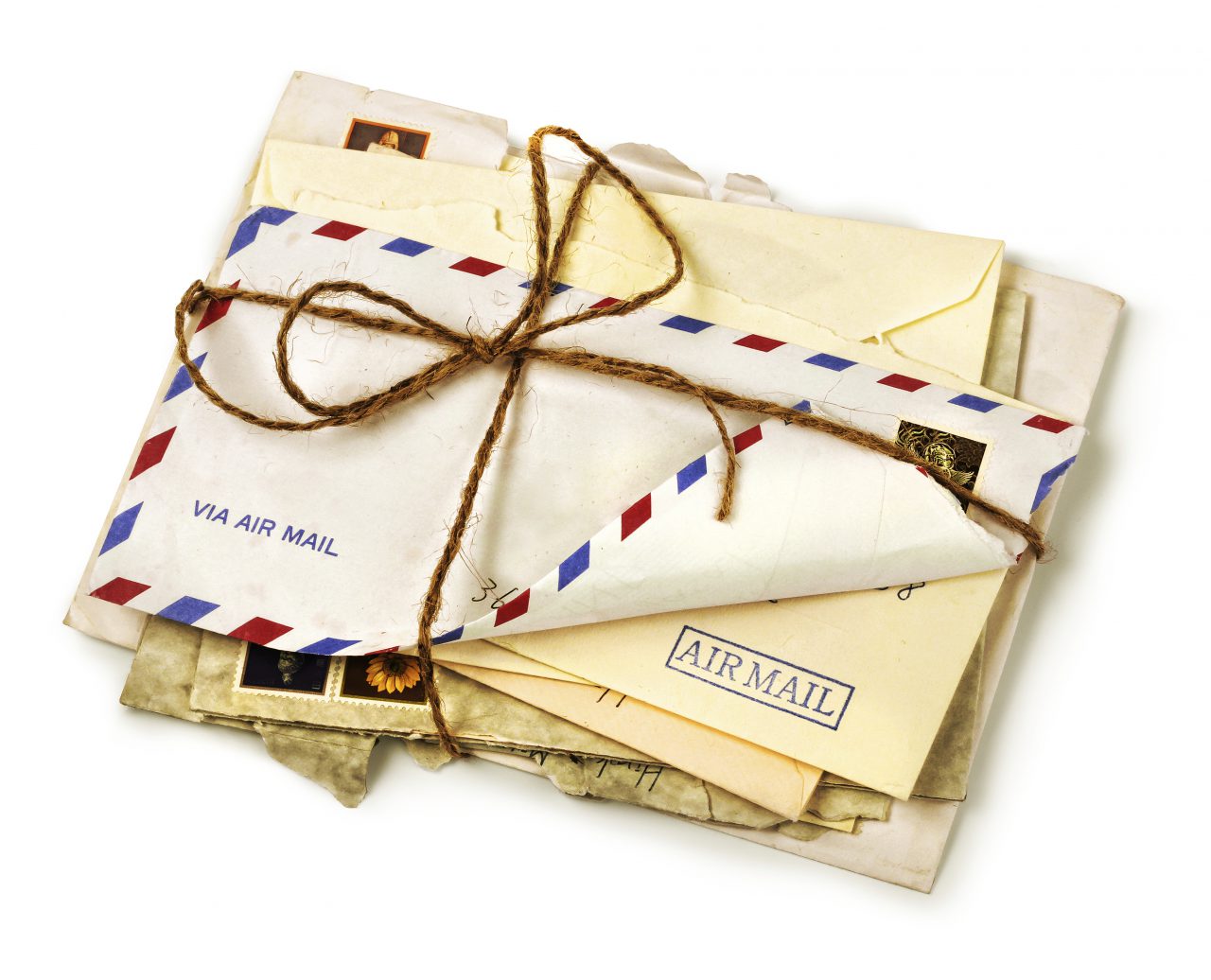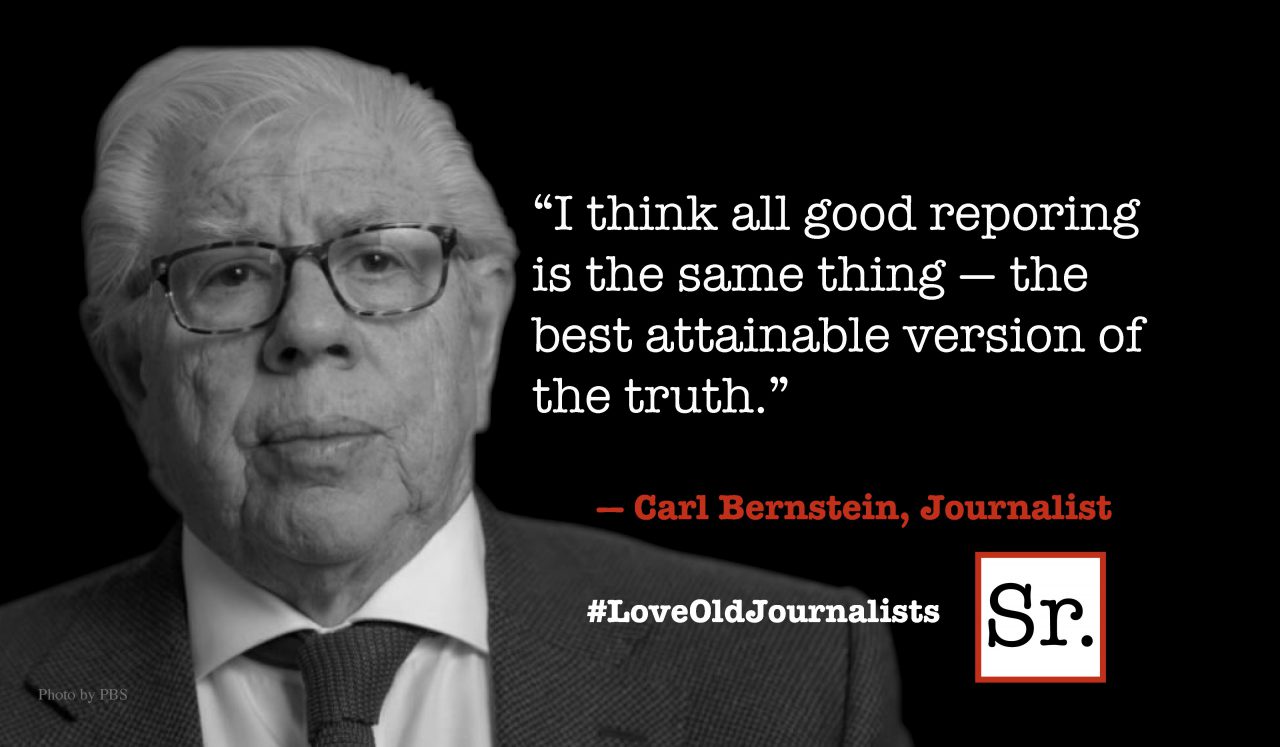I've always loved libraries. However, the word “archive” calls up an image of a dusty place — either down in the basement or up in the attic — with a gray-haired librarian watching over it. I certainly never thought there would one day be the Suellen Zima Archive located in the Hoover Institution at Stanford University.
I had wondered what to do with all those letters sitting quietly in boxes in my closet. They were precious to me, but I knew that the last 26 years of letters from my former Chinese students were also historically important, first-person accounts of those fast-paced, tumultuous years when China emerged from an obscure, third-world country to the modern limelight. It didn't seem right that their fate should be the rubbish bins.
“You need to give them to an archive,” advised a writer friend. I asked some of the students I'm still in contact with how they would feel about their letters being in an archive. They loved the idea and agreed it was the perfect place for their letters. A call to the archive department of a local university confirmed that the contents of those boxes were a unique letter collection. The department suggested the Hoover Institution might welcome them.
After working out certain details with a helpful staff person at the Hoover and signing paperwork, I shipped out boxes containing hundreds of letters still in their stamped envelopes, addressed by my students to follow me to all the countries I lived after my first visit to China in 1988. The Hoover Institution also took the photographs I had taken of China and the letter writers in those early days, a copy of my 2006 book “Memoirs of a Middle-Aged Hummingbird” and a digital copy of the Chinese translation, and a video I had made explaining and showing what I included in the archive.
My image of archives is now a towering building at Stanford University, with light and airy spaces for researchers to read and appreciate the heart and soul these students of the Tiananmen generation shared with me as they grew into middle age. Archivists have preserved and protected all the material that is now in boxes. People who want to look at the contents must go there themselves or pay a fee for archivists to research what they're interested in. There were decisions I had to make about any restrictions I wanted to place on use of the materials, and I have designated one of the letter writers to make any necessary decisions about the archive after I die.
Not only have the letters and photos found a permanent home, but there is the possibility of adding material at any future time. One student has already sent all of my letters to him for the archive. Another has promised to do so when he feels ready to part with them.
The art of letter writing has given way to the convenience and speed of modern technology, but the specialness of holding a handwritten letter from far away and long ago remains valuable. Before you throw away cartons of old letters, think about archives.
For more information:
- Using the Hoover archives
- Donating your personal or family records to a repository
- See the video I made about the archive, as well as other information, on my website









